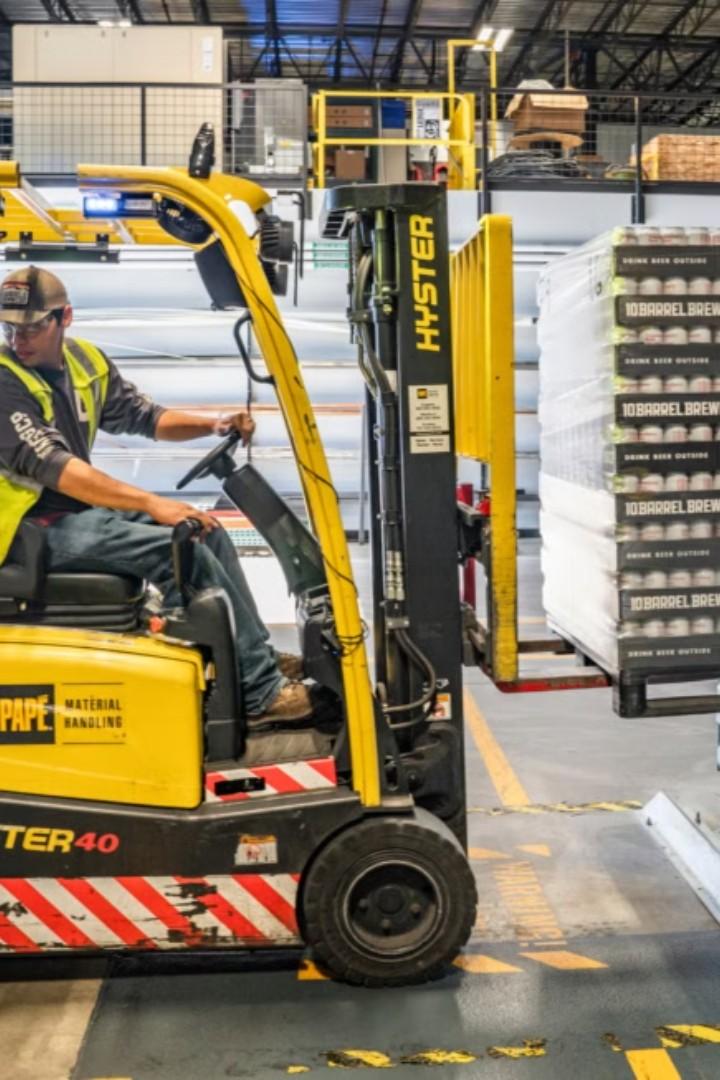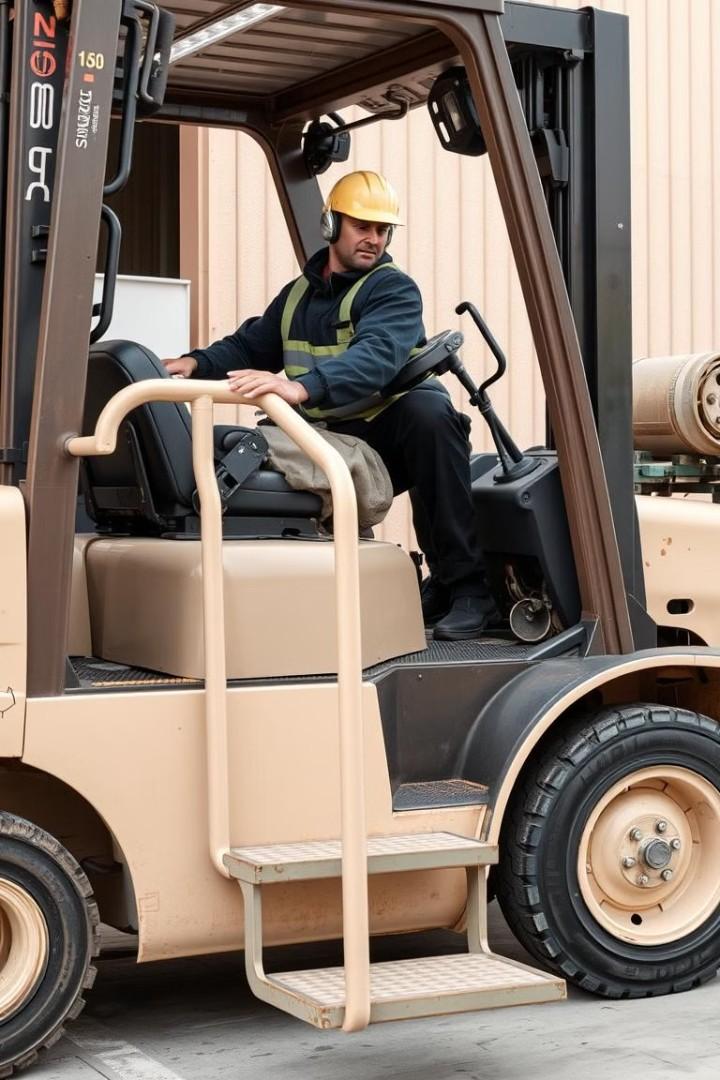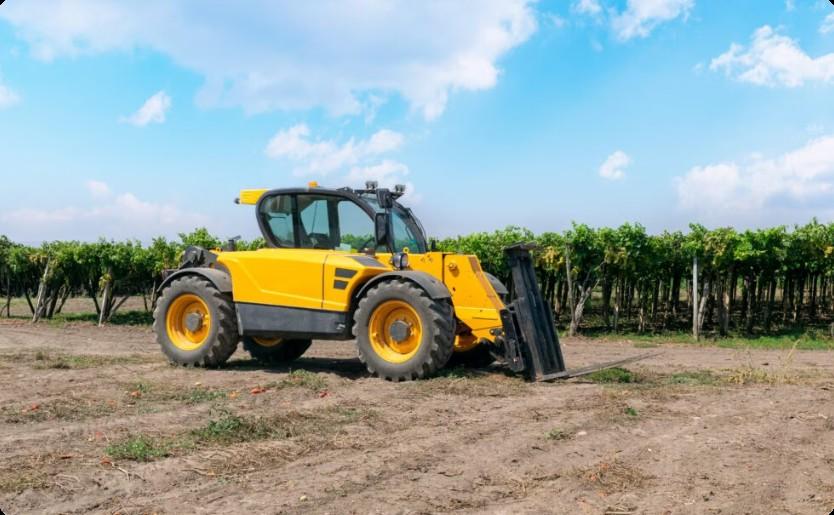

10 Essential Forklift Safety Tips Every Operator Should
Know Forklifts are essential machines in many industries, but they can be dangerous if not used properly. Here are ten essential forklift safety tips that every forklift operator should know.
CFE Equipment Corporation

Importance of Forklift Safety
1 Prevent Accidents
Proper forklift safety practices minimize the risk of accidents, protecting operators, pedestrians, and property.
3 Maintain Productivity
Accidents can cause delays and disruptions, so safe operation ensures consistent productivity and efficiency.
2 Reduce Injuries
Safe operation reduces the likelihood of operator injury and potential fatalities due to improper handling.
4 Safe Work Environment
A safe workplace environment fosters a positive and productive work culture, benefiting all employees.

Pre-Operational Inspection Checklist
1 Tires
Inspect tire pressure, tread depth, and signs of damage.
2 Lights and Horns
Ensure all lights and horns are functioning properly.
3 Hydraulics
Check hydraulic fluid levels, leaks, and proper operation.
4 Controls
Verify all controls, including steering, brakes, and lift mechanisms, are responsive.

Proper Mounting and Dismounting Procedures




Approach Safely
Approach the forklift from the designated side and ensure the area is clear.
Use Handrails
Use the handrails and steps to mount and dismount the forklift.
Maintain Three Points of Contact
Maintain three points of contact with the forklift at all times.
Secure Seatbelt
Always secure the seatbelt before operating the forklift.
Driving Techniques for Stability and Control
Slow and
Steady
Maintain a slow and steady speed, adjusting speed for conditions.
Smooth Turns
Make smooth, gradual turns to avoid sudden movements and maintain stability.
Avoid Sharp Braking
Avoid sudden braking, as it can cause the forklift to lose control.
Load Handling and Weight Distribution
Load Centering
Ensure the load is centered on the forks to maintain stability.
Weight Limits Never exceed the forklift's weight capacity.
Load Securing
Use appropriate load securing devices to prevent cargo shifting.


Maneuvering in Tight Spaces

Plan Ahead
Plan your route and ensure clearance before maneuvering in tight spaces.

Use Mirrors
Use mirrors to check your surroundings and blind spots.

Avoid Obstacles
Avoid obstacles and maintain a safe distance.

Awareness of Pedestrians and Surroundings
Sound Signals
Use the horn to alert pedestrians of your presence.
Visual Signals
Use headlights and flashing lights to improve visibility.
Maintain Distance
Keep a safe distance from pedestrians and other vehicles.
Slow Down
Slow down in areas with pedestrian traffic.
Ongoing Training and Certification


Certification
Obtain and maintain a valid forklift operator certification.
Regular Training
Participate in regular refresher forklift training to stay up-to-date on best practices.
